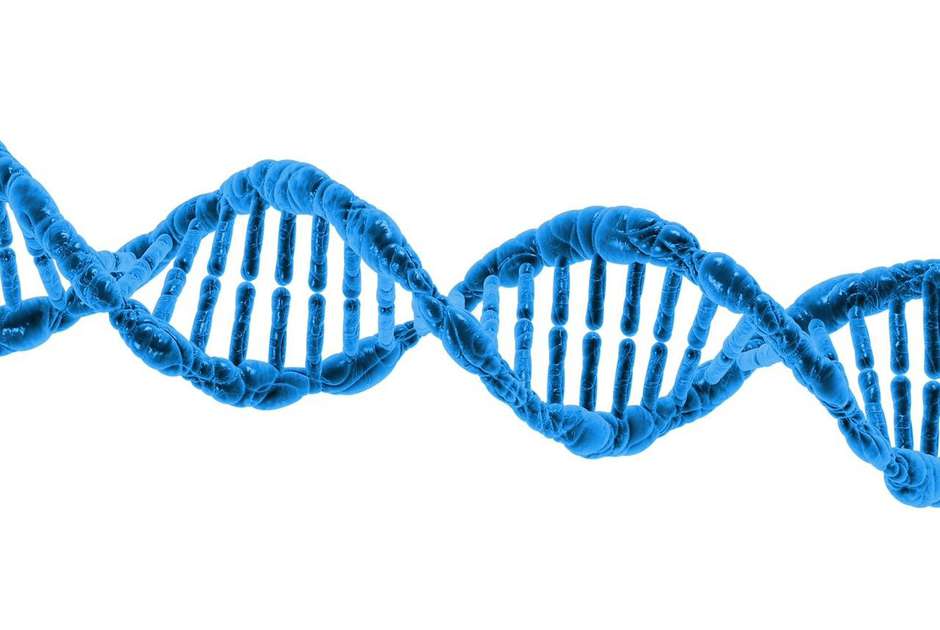Natural sweetener stevia disrupts communication in gut microbiome
Stevia affects gut microbes, which could lead to health issues, according to a study. (Unsplash/Sharon McCutcheon)
Stevia interferes with signaling between gut bacteria and could lead to health complications, according to a study published in Molecules, although its authors said more research into the natural sugar substitute’s safety is necessary.
Researchers in Israel, Turkey and Cyprus were the first to identify how gut disturbances are created by stevia, a zero-calorie mix of extracts from a South American plant. Earlier rat studies have suggested that consuming components of the sweetener can change gut microbiome composition and pass those alterations onto offspring.
The study’s authors measured the ability of human gut bacteria to detect the population density of nearby microbes, known as quorum sensing, by engineering them to produce light when their signaling receptors are activated. Store-bought stevia and some of its compounds were added to cultures of two bacterial strains and found to significantly dim the inhabitants’ glow, demonstrating that their quorum-sensing receptors were being activated much less often. Stevia did not kill any bacteria, according to the researchers.
Using 3D models of the sweetening agents and receptors, they found that one compound, steviol, competes with signaling proteins to bind to the gut bacteria’s receptor. Two other compounds likely prevent successful signaling in other ways, such as possibly degrading the receptor.
Both kinds of interactions act as obstacles to clear communication between microbes. They can mislead bacteria about their surroundings and change their behavior as well as their populations, said Karina Golberg, a postdoctoral researcher in biotechnology engineering at Ben-Gurion University of the Negev.
“Once you are reaching to the point that you've shifted the balance in these residents, you can affect human health,” said Golberg, the study’s lead author.
Imbalances in gut microbe populations have been associated with inflammatory bowel disease — although a causal relationship hasn’t yet been demonstrated — and may be connected to a range of other disorders, such as obesity and diabetes.
But the authors insisted that the gut-related effects of stevia-derived compounds need to be investigated further before coming to conclusions about their safety. They said upcoming research should also be used to adjust the highest daily doses recommended for the sweeteners.
“We're not coming from a place that we are saying, ‘It's toxic,’ or, ‘It's not healthy for human beings,’” Golberg said. “Much more research needs to be done in order to understand the whole effects, especially in animal models and of course in humans.”
Furthermore, stevia may carry some positive health effects, as a 2005 study in rats found that consuming components of the sweetener improved how diabetics produced and used insulin. Human participants in a 2010 study ate fewer calories and had better blood sugar levels, effects that could be useful in addressing the global obesity epidemic.
Stevia was widely accepted by regulators in the last two decades and is now one of the most popular non-sugar sweeteners. Stevia or its components are now approved in more than 60 countries, according to a trade group for manufacturers of artificial sweeteners.
But until more evidence arrives, Golberg said that both regulators and food companies need to be cautious in embracing stevia as a sugar substitute. She recommended that people need to “take all the evidence” currently available on stevia and make decisions for themselves on how much they choose to consume.
Golberg, who is also investigating the effects of artificial sweeteners on the gut microbiome, said she wants to move beyond in vitro cultures and explore gut-bacteria communication within the human body.
“It’s very interesting to understand which kind of molecules we can find in the gut, and what is the abundance of these molecules, and how these molecules are changing in a healthy state and in a disease state,” she said.
The article, “Anti-Quorum Sensing Activity of Stevia Extract, Stevioside, Rebaudioside A and Their Aglycon Steviol” was published Nov. 23 in Molecules. The authors of the study were Victor Markus and Kerem Teralı, Near East University; Orr Share, Robert Marks, Ariel Kushmaro and Karina Golberg, Ben-Gurion University of the Negev; and Nazmi Ozer, Girne American University. The lead author was Karina Golberg.










